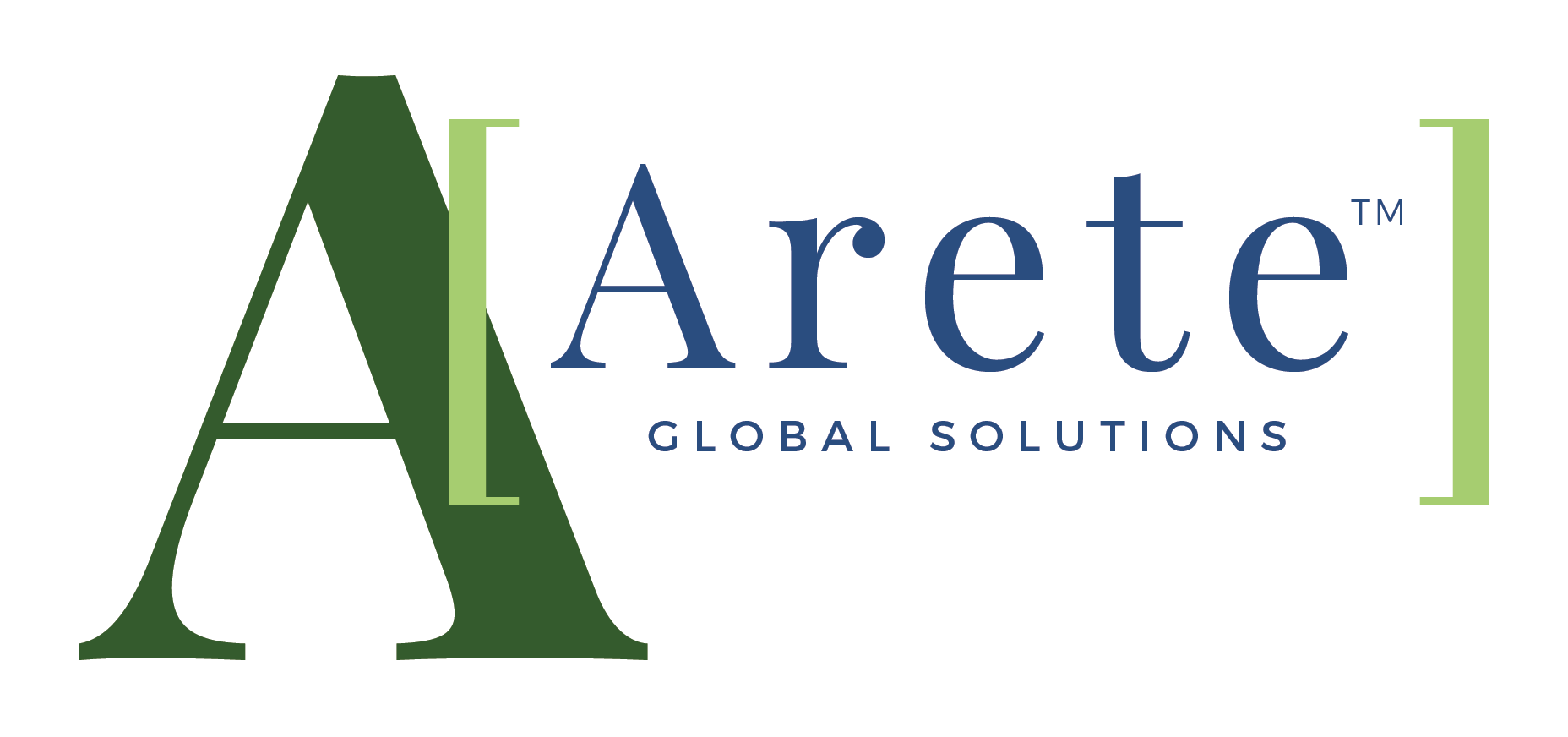This post is the next installment in an ongoing series about areas of READINESS that should be addressed before you start a new project to ensure success.
Readiness for any project requires understanding everything needed to produce the changes and outcomes. Resources not known or under allocated can and will have a negative impact upon achieving your results. I classify resources into two distinct categories: people and things. These two categories have some things in common, such as being allocated, committed, and made ready for a project. As an area where they differ, raw materials cannot choose not to support a project due to fear, uncertainty, doubt or lack of communication. This distinction means that attention to people, requires a different discipline.
Both the Project Management and Change Management disciplines dedicate significant attention to the people “that may affect, be affected by, or believe they are affected by decisions, activities or outcomes of a project or change”. As the Project Management discipline has evolved, they have transitioned from looking at people under “Resource Management” to activities under “effectively engaging with stakeholders”. They’ve moved to more people oriented terminology – (people) Resources to Stakeholders and “management” to “engaging with”. This is a positive evolution, as the discipline of project management converges with principles of change management, putting people first.
Stakeholders can be affected during the delivery of the change to be live and/or after the change is in place, affecting their jobs or daily lives. Project Management methodologies encourage identifying, analyzing, and proactively engaging with stakeholders from the start to the end of the project and change management methodologies encourage using similar lenses for those that are impacted after the work is completed. Projects typically end at a “go live” milestone, while change management activities should continue for some time after to attend to reinforcement and engagement.
For the delivery of the change and all the work involved, careful planning encourages identifying and gaining commitment for all people that need to be engaged. This includes people leading the project and hands or minds dedicated or periodically supporting work to complete the project. Other individuals who manage, mentor or coach those directly touching the project, or provide funding, must also be given consideration for resource planning.
For the hands and minds responsible to do the work, how has the estimation process been done to build the plan, schedule and commitments? Did you look at prior, similar projects and use the expertise of specialists across your organization to come up with estimates, with confidence levels, for desired outcomes? I hedge a bit on this topic, because with agile approaches to project work, you are estimating small pieces of the project, for a Sprint or similar small window.
Besides the people to do work, other resources include locations, raw materials, machinery/equipment, hosting resources (for technology) and, of course, and budget. These must also be identified, planned, scheduled, and committed.
As impactful as not knowing the resources needed and gaining commitments, is overallocation. Overallocation will negatively impact the project when prioritizing competing needs does not favor your project. Projects have less and less luxury of dedicated resources these days. They must compete within the larger environment pulling in so many directions. Careful planning requires understanding availability over the full project lifecycle, with operational impacts, like repeating cycles of unavailability. For example, I was part of a project engaged with a company’s Finance team. Monthly, quarterly, and yearly accounting cycles were highest priority for their time allocation and my project needed to work around that.
As part of your Readiness assessment, fully exploring all resources before the project begins executing is critical. Otherwise, you will be unable to start or will run into delays later.
I welcome your insights and stories about how you have assessed and planned resources for your past or upcoming projects.
